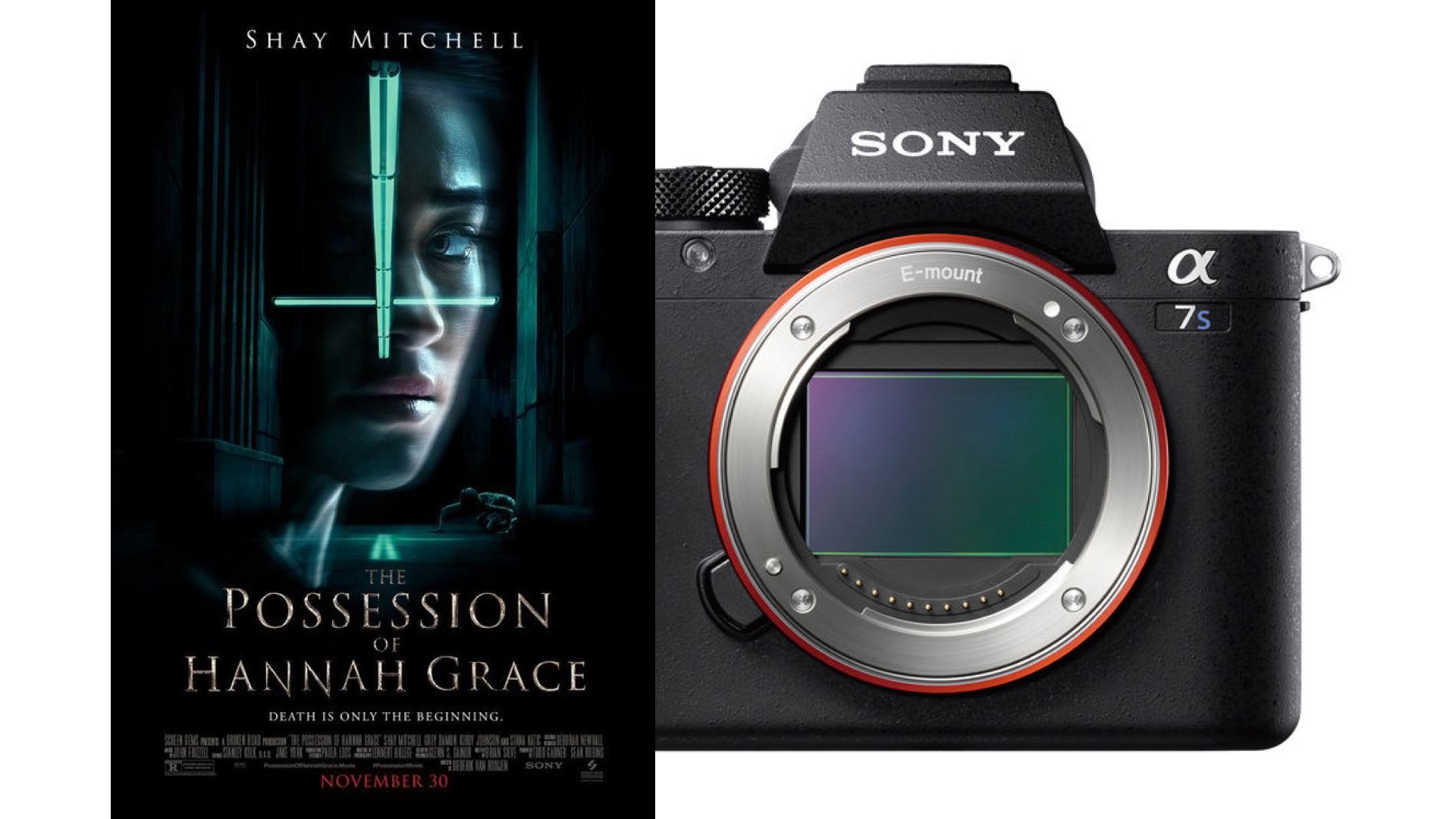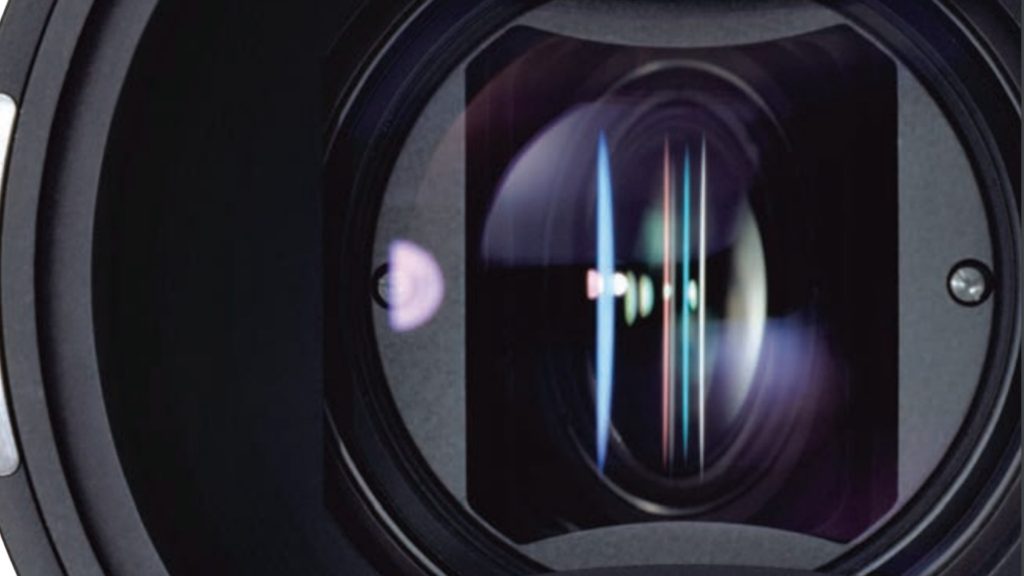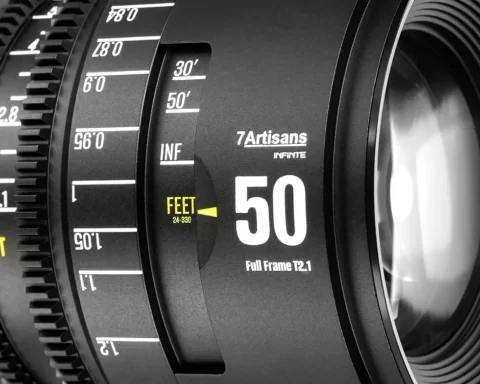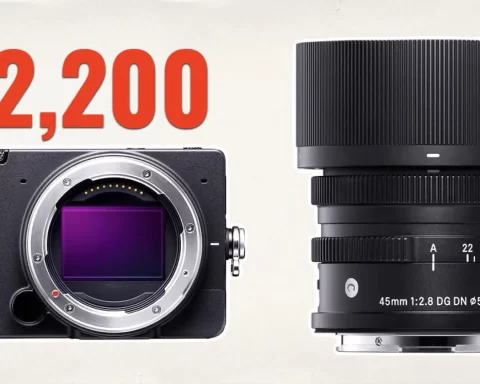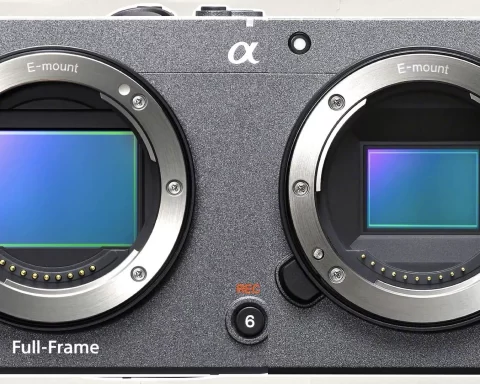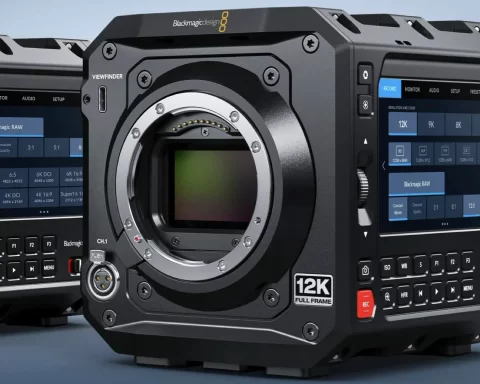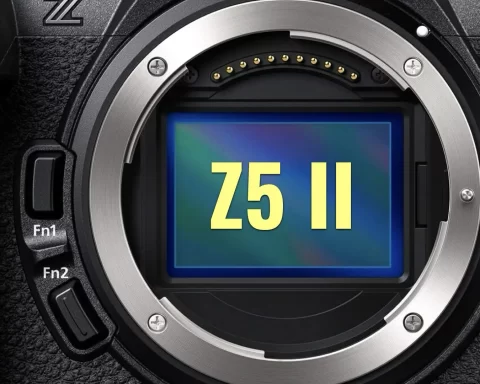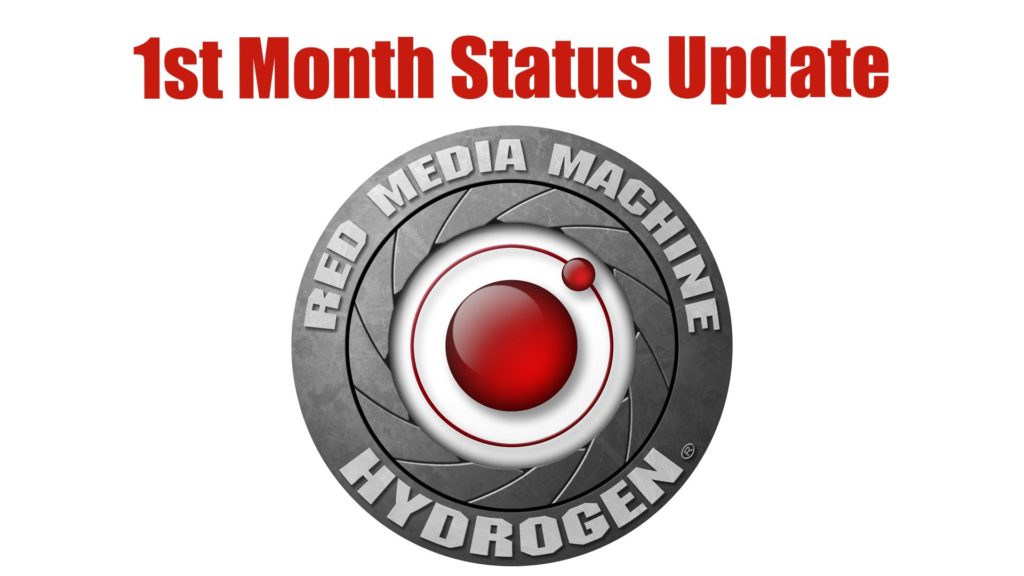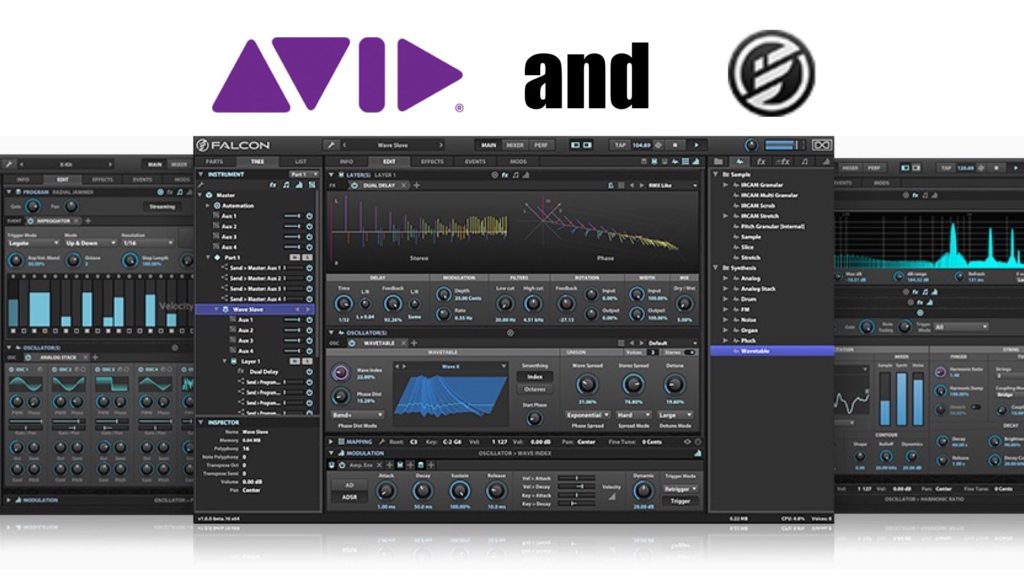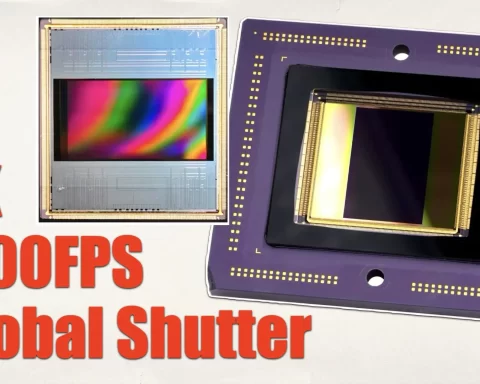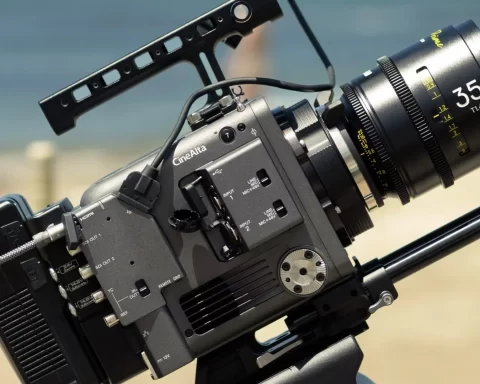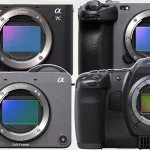It’s always great to explore new Hollywood movie that was shot on a cheap camera. Cheap in term of money, not in term of image quality. The new Hollywood thriller “The Possession of Hannah Grace” was shot on the Sony’s A7S II with the genius combination of Vantage’s Hawk 65 Anamorphic lenses. Read more below.
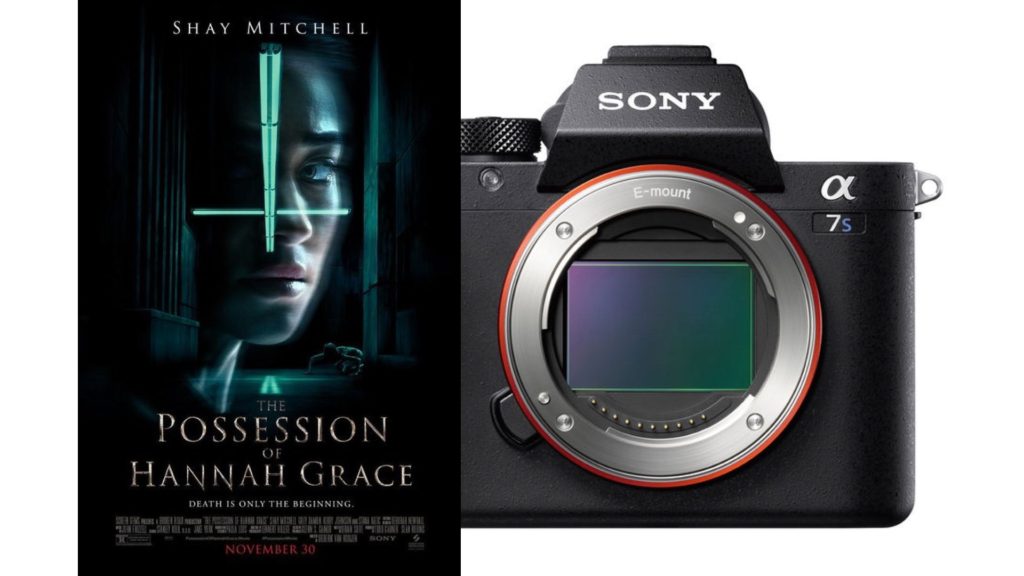
I remember the first Hollywood high budget films that was shot on Canon DSLRs by Shane Hurlbut, ASC (Act of Valor). Those kind of projects show you that you don’t have to own the most sophisticated, hi-tech and expensive camera. You can create extraordinary projects with very low budget tools.
Now there is the new Hollywood thriller “The Possession of Hannah Grace” that was shot on $2000 mirrorless camera. The total setup was expensive though.
Watch the trailer below:
Sony mirrorless + Hawk Anamorphic
The project was shot in Boston using Sony A7S II mirrorless digital cameras combined with large format Hawk 65 Anamorphic lenses from Vantage – a high-quality, cost-effective production workflow. It is an unlikely combination featuring lenses designed for large digital sensors combined with a full-frame camera with a DSLR form factor and a price tag under $3,000 (for the camera as the lenses are another story regarding the price tag).
Vantage
The company that manufactures the Hawk Anamorphic is Vantage, which is an award-winning designer and manufacturer of ultra-precise motion picture lenses and digital tools that advance the art of filmmaking. Hawk Anamorphic Lenses have received awards and have all been used in major Hollywood and international productions. Some of the more prominent projects include George Lucas’s Star Wars: Episode I, Martin Scorsese’s The Wolf of Wall Street, and Steven Spielberg’s Bridge of Spies.
Hawk Anamorphic
As state by Vantage: “Each lens is crafted from the finest German glass and materials and hand assembled by expert technicians before being put through our stringent quality control process. The Hawks are matched and able to withstand the harsh realities of the rental business. The lenses come in the classic 2x squeeze and the exclusive 1.3x squeeze system while the Hawk Vintage ’74 series lenses are the only lenses to reproduce the cult 1970s look using modern glass and mechanics”
The lenses come in the classic 2x squeeze and the exclusive 1.3x squeeze system while the Hawk Vintage ’74 series lenses are the only lenses to reproduce the cult 1970s look using modern glass and mechanics
Click to enlarge the images below to explore Hawk Anamorphic lenses:
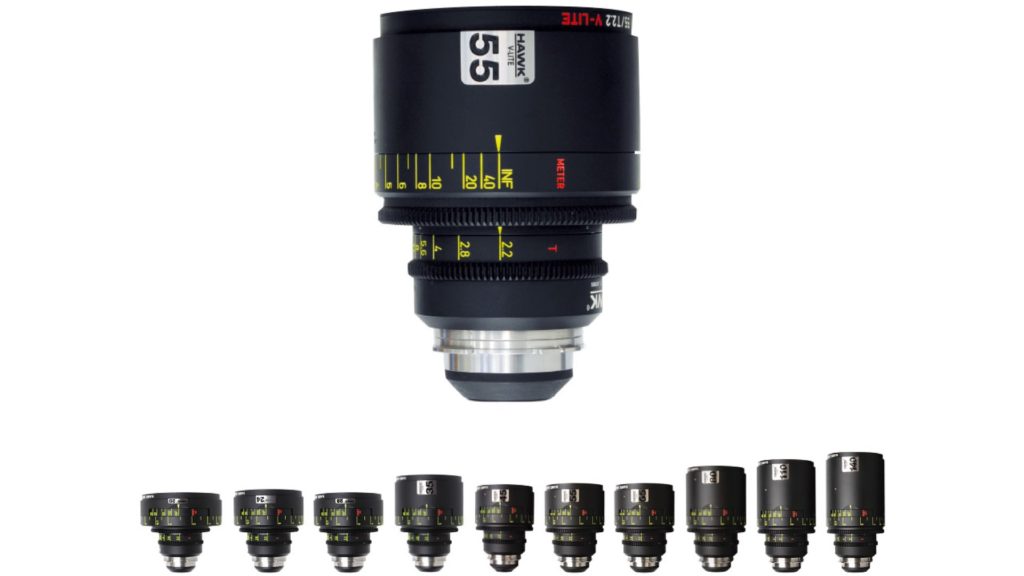
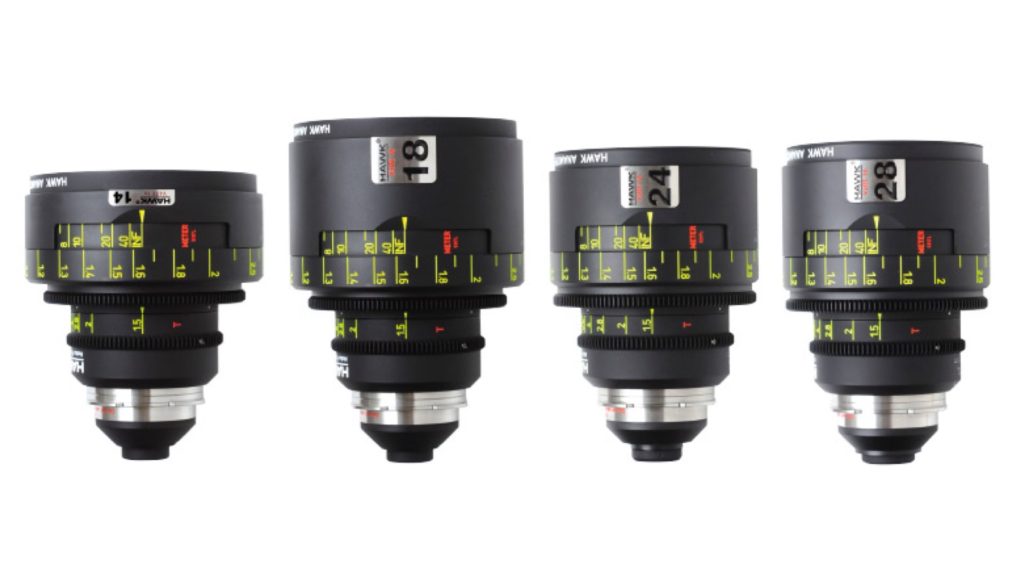
Sony Alpha a7S II Mirrorless
For the Alpha a7S there is not much to add. The camera revolving around a full-frame 12.2MP CMOS sensor, and capable of internal UHD 4K recording at 30 fps with full pixel readout as well as 1080p recording at up to 120 fps, all in the XAVC S format.
Sony Alpha a7S II Mirrorless Highlights
- 12.2MP Full-Frame Exmor CMOS Sensor
- BIONZ X Image Processor
- Internal UHD 4K30 & 1080p120 Recording
- S-Log3 Gamma and Display Assist Function
- 5-Axis SteadyShot INSIDE Stabilization
- 0.5″ 2.36m-Dot XGA OLED Tru-Finder EVF
- 3.0″ 1,228,800-Dot Tilting LCD Monitor
- Up to 5 fps Shooting and ISO 409600
- Fast Intelligent AF, 169 AF Points
- Built-In Wi-Fi with NFC
BUY the Sony Alpha a7S II Mirrorless
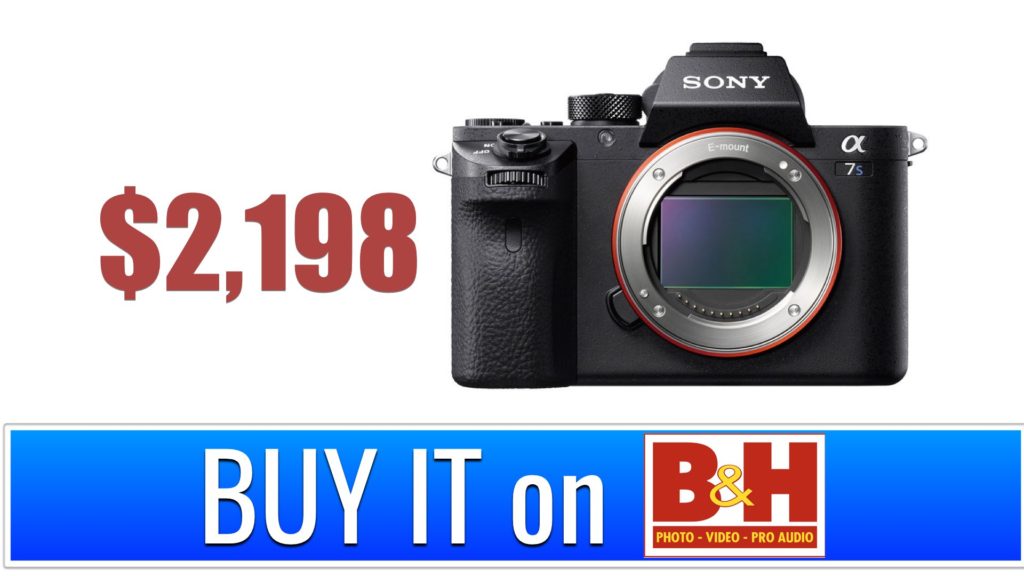
Shooting Hollywood movie with 8-bit compression
The biggest challenge was the camera’s 8-bit compression…It’s not like the conventional shooting we are used to with ALEXA. There are definitely limitations to be aware of, but the image is spectacular
“The biggest challenge was the camera’s 8-bit compression,” says DP Hillege. “It’s not like the conventional shooting we are used to with ALEXA. There are definitely limitations to be aware of, but the image is spectacular. It’s not what you would expect with 8-bit. If you’re not too dirty, and you keep to certain rules about exposure and color, you can shoot really beautiful, monumental images with it.”
Hawk 65 Anamorphic Lenses
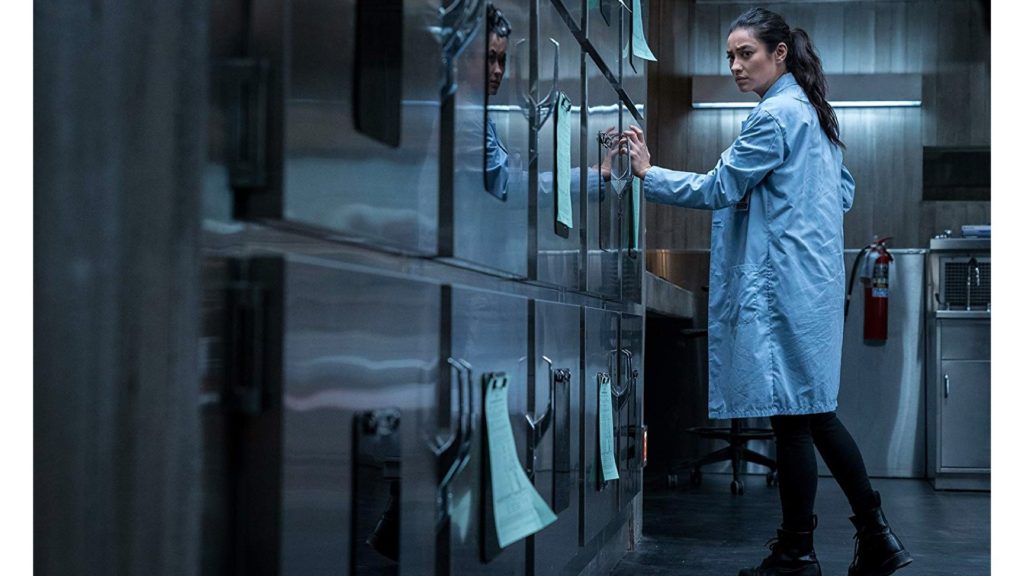
It’s not what you would expect with 8-bit. If you’re not too dirty, and you keep to certain rules about exposure and color, you can shoot really beautiful, monumental images with it
Final thoughts
As a filmmaker you need some courage to shoot Hollywood film with a 8-bit compression rate. That could be a significant limitation during color grading in post. But there you have a proof that if the initial image is precise and beautiful, the 8-bit compression could be more than enough even for the big screen.
What is your opinion in regard using 8-bit compression rate cameras when shooting your feature? Let’s know your thoughts!

